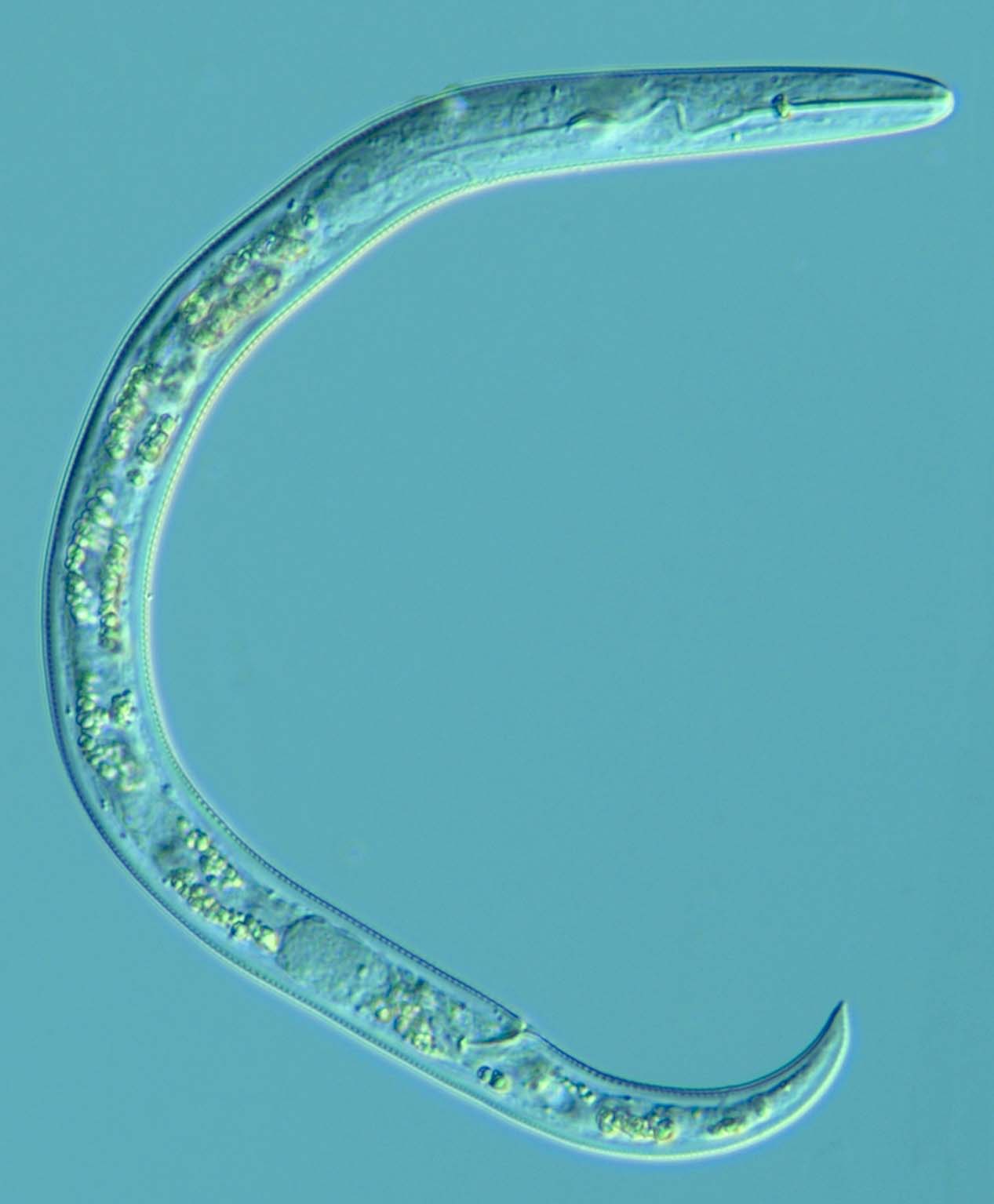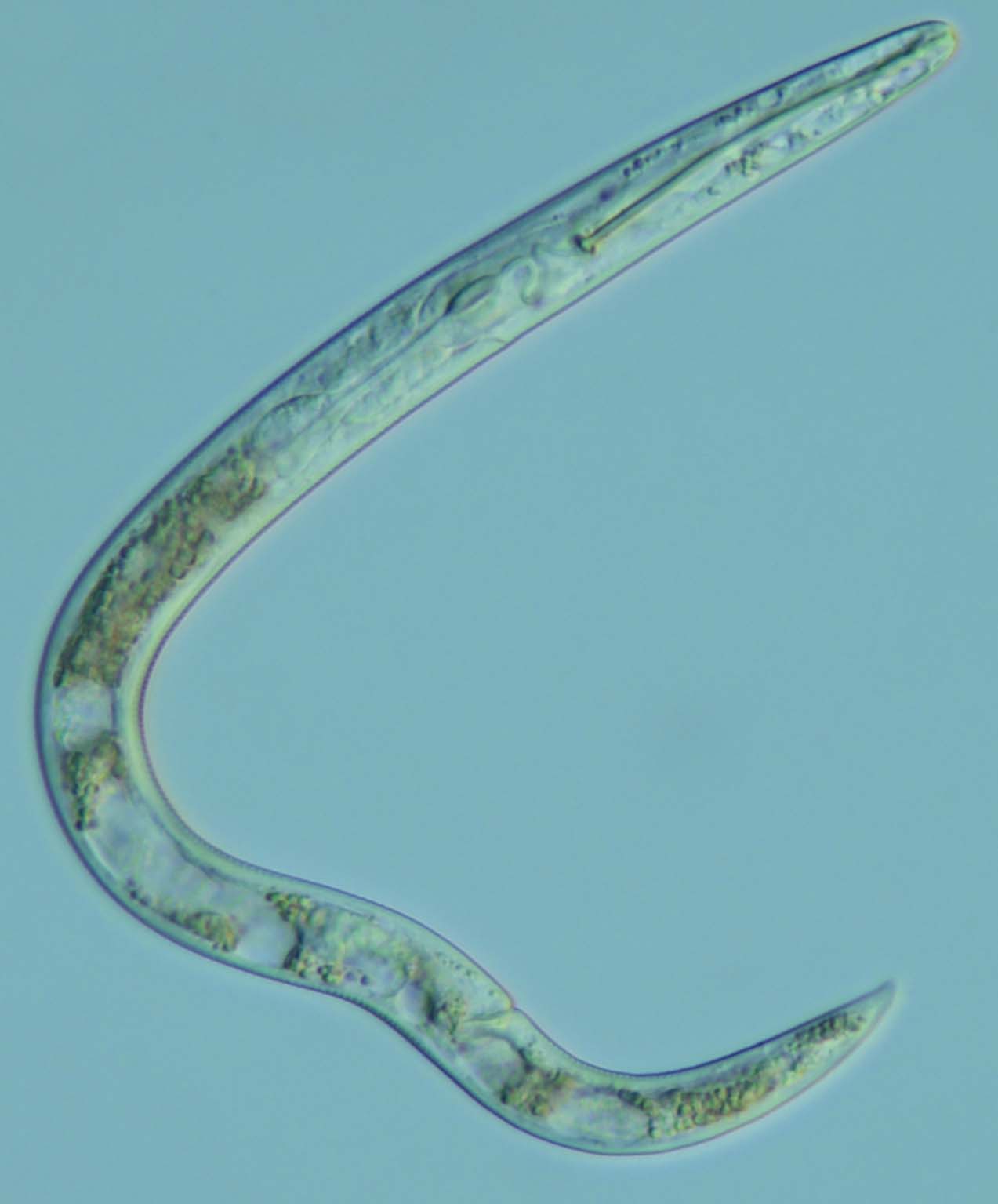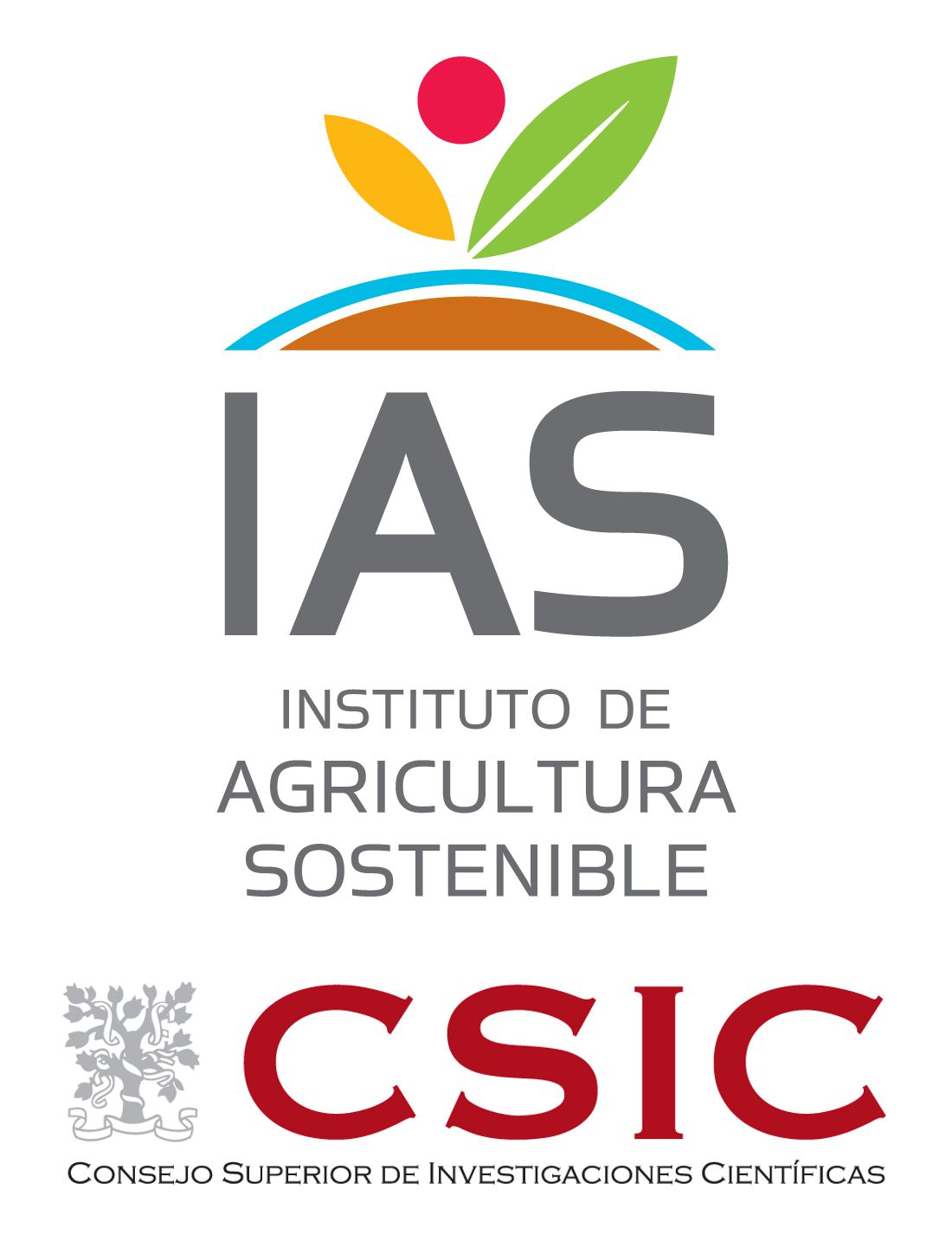Paratylenchus .
Here we developed a web-assisted method to achieve an easy and accurate morphometric Paratylenchus species
characterisation that would greatly improve identification of these small plant-parasitic nematodes
for many diagnostic laboratories.
We considered here only the Paratylenchus valid species according to the latest monograph of the genus
published by Ghaderi et al. (2016), as well as other Paratylenchus species populations based only on integrative
taxonomical identification and the posterior species described comprising a total of 140 nominal species
[Van den Berg et al., 2014; Subbotin et al., 2020; Singh et al., 2021; Clavero-Camacho et al. 2021a; 2021b].
This is because of the great cryptic diversity detected in the recent studies of pin nematodes [Van den Berg et al.,
2014; Subbotin et al., 2020; Singh et al., 2021; Clavero-Camacho et al. 2021a; 2021b], may alter the real morphometric
delimitations for each species. For that, we contemplated all the main diagnostic characters, comprising 11 numerical
and 13 categorical characters (Table 1). Selection for quantitative character division in subgroups within each
diagnostic numerical character was based on K-means clustering method [Jin and Han, 2011].
A) Female stylet length:
Excretory pore level:
Number of lines in lateral field:
Advulval flap:
Lip region shape in lateral view:
Submedian lobes in lateral view:
Vulva-anus distance:
Spermatheca shape:
(Female stylet length/L) x 100:
Male:
K) Male tail shape:
Male stylet:
c' ratio:
b ratio:
Body length (L):
Spicules length:
Female tail terminus shape:
V ratio (%):
Female tail length:
J4 stylet:
c ratio:
Female tail shape:
Cuticle annulation:
a ratio:
REFERENCES
1. I. Clavero-Camacho, C. Cantalapiedra-Navarrete, A. Archidona-Yuste, P. Castillo,
and J. E. Palomares-Rius, "Remarkable cryptic diversity of Paratylenchus spp. (Nematoda: Tylenchulidae) in Spain," Animals
11, 1161, 2021a. https://doi.org/10.3390/ani11041161
2. I. Clavero-Camacho, J. E. Palomares-Rius, C. Cantalapiedra-Navarrete, et al., "Integrative
taxonomy reveals hidden cryptic diversity within pin nematodes of the genus Paratylenchus (Nematoda: Tylenchulidae)," Plants 10, 1454,
2021b. https://doi.org/10.3390/plants10071454
3. R. Ghaderi, L. Kashi, and A. Karegar, "Contribution to the study of the genus Paratylenchus Micoletzky,
1922 sensu lato (Nematoda: Tylenchulidae)," Zootaxa 3841, 151-187, 2014.
4. R. Ghaderi, E. Geraert, and A. Karegar,
"The Tylenchulidae of the world, identification of the Family Tylenchulidae (Nematoda: Tylenchida)," Academia Press: Ghent, Belgium, 453 pp., 2016.
5. X. Jin, and J. Han, "K -Means Clustering. In: Sammut C., Webb G.I. (eds)
Encyclopedia of Machine Learning ," Springer, Boston, MA. pp. 563-564, 2010. doi.org/10.1007/978-0-387-30164-8_425
6. P. R. Singh, G. Karssen, M. Couvreur, S.A. Subbotin, and W. Bert,
"Integrative taxonomy and molecular phylogeny of the plant-parasitic nematode genus Paratylenchus (Nematoda: Paratylenchinae):
linking species with molecular barcodes," Plants 10, 408, 2021. https://doi.org/10.3390/plants10
7. S. A. Subbotin, G. Yan, M. Kantor, and Z. Handoo, "On the molecular identity of Paratylenchus
nanus Cobb, 1923 (Nematoda: Tylenchida)," Journal of Nematology 52 , e2020-127, 2020. 10.21307/jofnem-2020-127
8. E. Van den Berg, L. R. Tiedt, and S. A. Subbotin, "Morphological and molecular characterisation
of several Paratylenchus Micoletzky, 1922 (Tylenchida: Paratylenchidae) species from South Africa and USA, together with some
taxonomic notes," Nematology 16, 323-358, 2014.
For better information on using XPER3 , see the following video.
VIDEO


